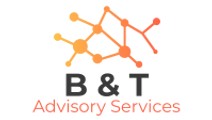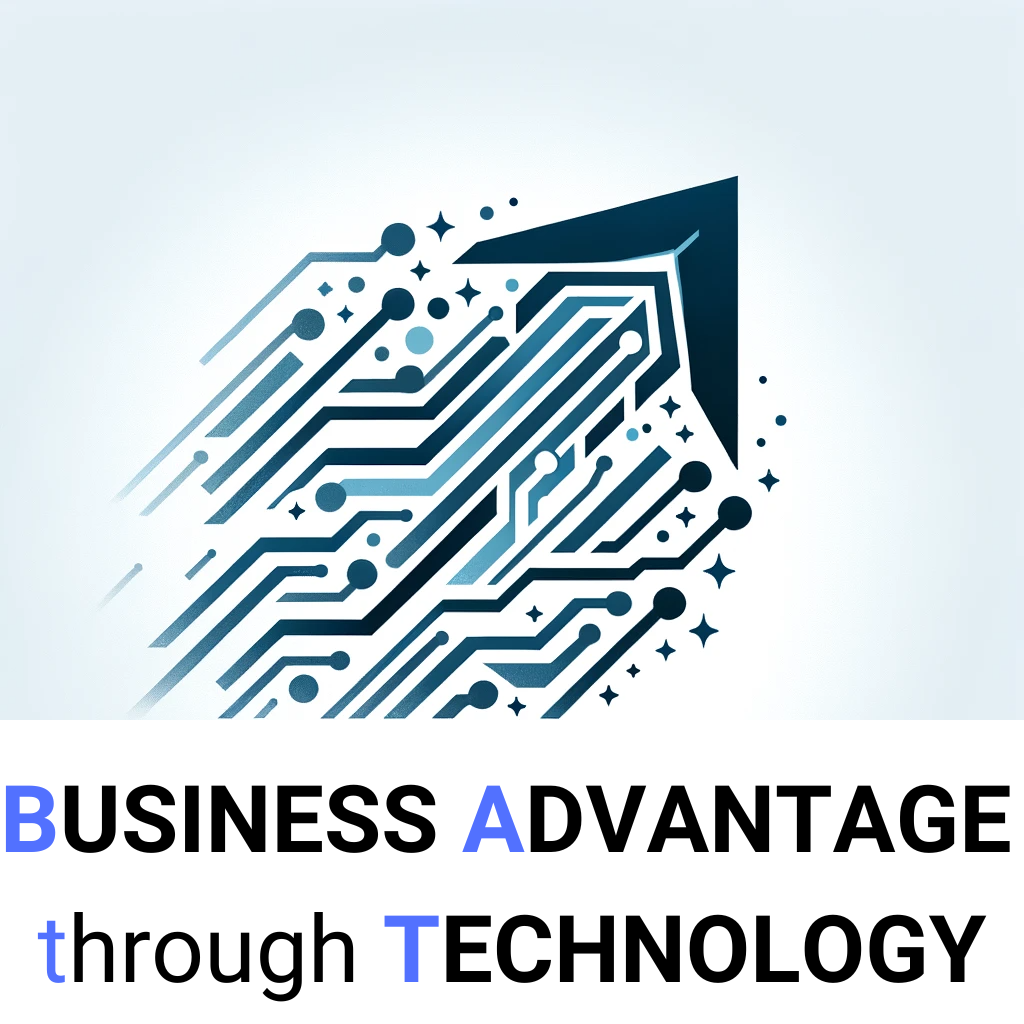
Barry J O’Gorman and Associates
A track record in delivering Business Advantage through Technology.
If you are looking for an independent view on IT investment for Business Advantage call me.
‘Barry gives a pragmatic, independent and insightful view of IT and IT projects and can communicate those perspectives in a manner which is clear, concise and impactful’, Selwyn Hearns, partner KPMG
Contact me
+35312542172, barry@barryjogorman.com
SERVICES
Barry J O’Gorman and Associates have three service offerings – all aimed at Boards and Senior Management looking to derive Business Advantage through Technology. The Strategic Service is designed to ensure the right projects get the go ahead, the Commercial Service centres on business case, vendor selection and contracting and the Tranformational Service on driving change to ensure Business Advantage.

Strategic
Strategic fit of projects?
Business Advantage of projects?
Driving digital strategy?
Leveraging current technologies?
Organisational readiness?

Commercial
Business case stacks up?
Risks understood?
Vendor selection?
Contracting & commercials?
Internal resources allocated?

Transformational
Project structured for success?
Change management?
Reporting framework?
Training planned & resourced?
How will benefits be realised?

Barry J O'Gorman
Founder/ CEO
Barry is an experienced and respected consultant, combining in-depth IT and Finance background and skills. He is passionate about using Technology for Business Advantage. He has extensive experience in Engineering/ Construction, Healthcare, Pharma and Financial Services.
He has led major projects in Digital Transformation, Business Process Reengineering, IT Operations, Cybersecurity, Project Recovery and Business Intelligence/Analytics.
He has held a range of roles including CEO, CFO, CIO, Non-Exec Director, Audit Committee Chair.

Business and Technology Advisory Services
Associate
